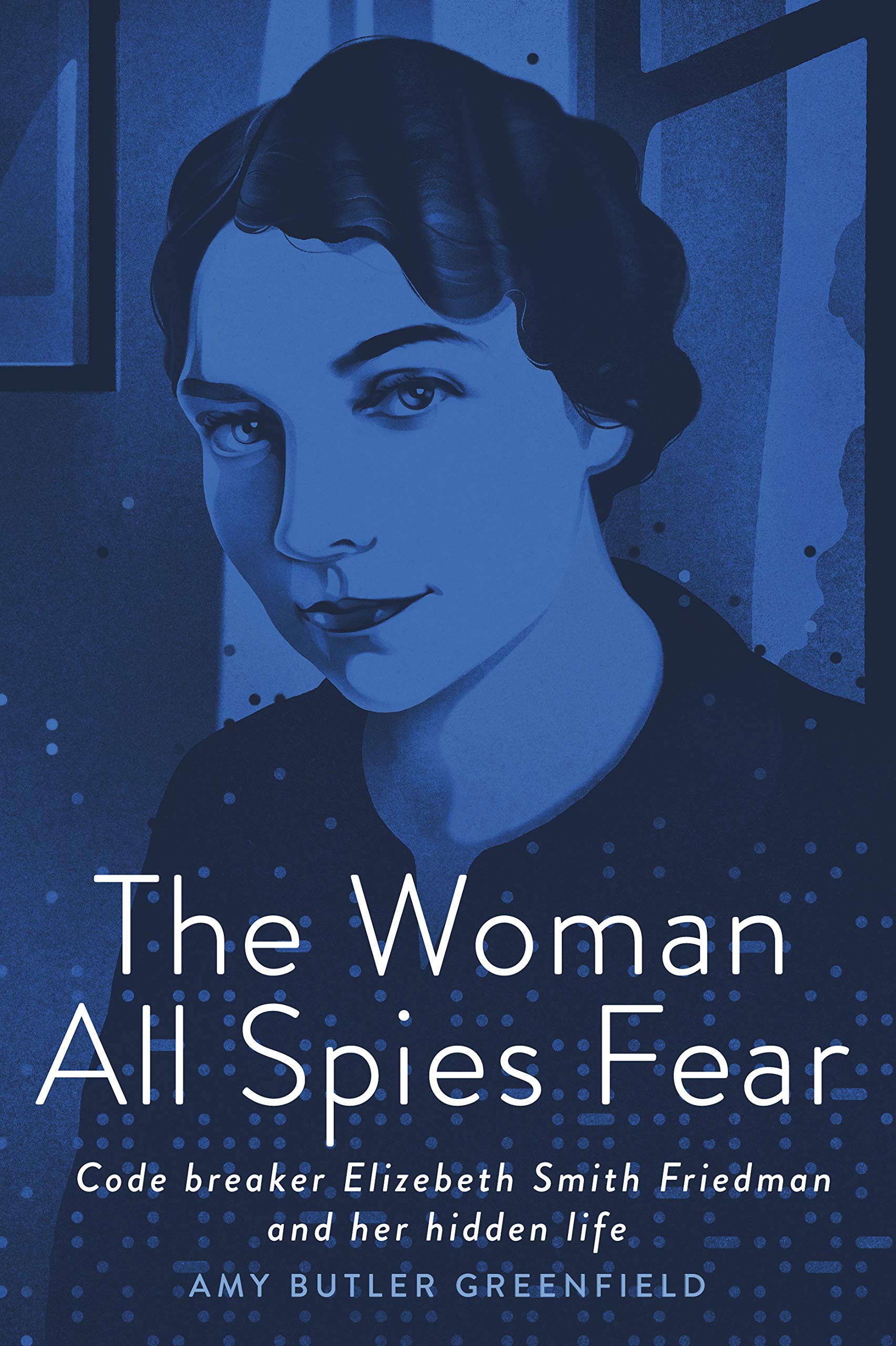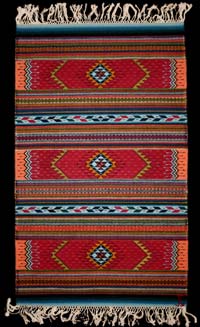Inspiration for A Perfect Red


In an excerpt from the book,
Amy Greenfield explains why she wrote A Perfect Red:
Why write a book about cochineal? It's a fair question. Both my grandfather and great-grandfather were dyers, so perhaps it's simply that color is in my blood. But I never thought much about cochineal until I was a graduate student at Oxford in the early 1990s, researching a thesis on the introduction of chocolate to Europe.
As part of my research, I traveled to Seville to work in the Archive of the Indies — a lucky assignment, because Seville's archive is a magical place. Housed in a Renaissance merchants' exchange, it sits on an elegant square bounded on one side by the crenellated walls of the fairy-tale Reales Alcázares, the royal palaces, and on the other by the city's massive Gothic cathedral, with its Moorish minaret. The archive's shelves hold some 80 million pages of documents pertaining to the Spanish Indies, including letters from Columbus, Cortés, and the Habsburg kings.
In the archive, seated at a wooden desk overlooking the courtyard, I spent several weeks combing through the enormous, black registers of the early 17th-century Spanish fleets, looking for the word chocolate. Since chocolate was a relatively uncommon luxury good in that period, the word didn't appear very often. But as I scanned the centuries-old handwriting, other words leapt out at me — especially the word grana, which I saw written again and again, on page after page, shipment after shipment of the dark red dyestuff coming over the Atlantic into Seville. Although I'd learned from academic tomes that cochineal was second only to silver in the exports of New Spain, it was only then that I really started to understand how vital the dyestuff had been to the Spanish empire.
At the time I had a thesis to write, with a deadline looming close, so I couldn't afford to think too long about anything that wasn't chocolate. But I knew then that someday I wanted to learn more about cochineal. It was amazing to me that something so precious could have been virtually forgotten by the modern world.
It was in the winter of 2000-2001 that cochineal came back into my mind again. Here in Massachusetts, the ground was covered with snow for months, and every few days the weather forecasters warned that another storm was on the way. One gray day in the midst of that white season, I found myself staring at the rose-red geraniums on my kitchen windowsill, thinking, "What if that were it? What if that were all the red we had in the world?" And I suddenly understood, at a visceral level, how hungry people could be for a color. I could even imagine why they might risk their lives for it. That got me thinking about cochineal again, and I started digging through research libraries for more details, to see if there might be a story there. And what a story it turned out to be — four centuries and more of desire, rivalry, and empire, with the color red at its heart.





